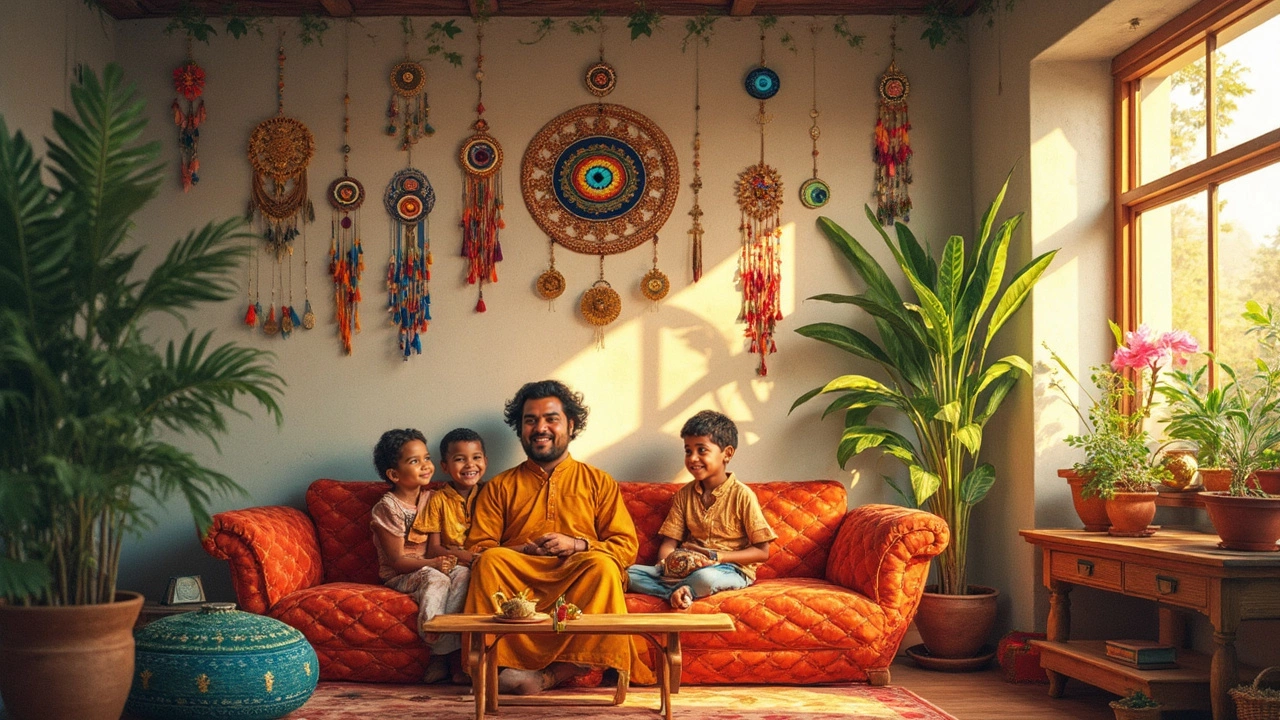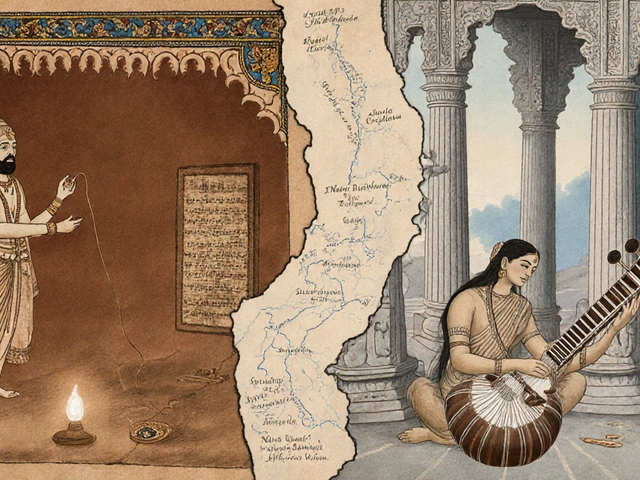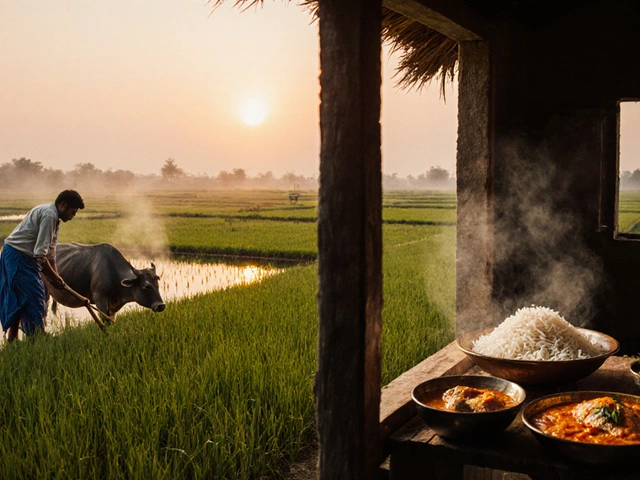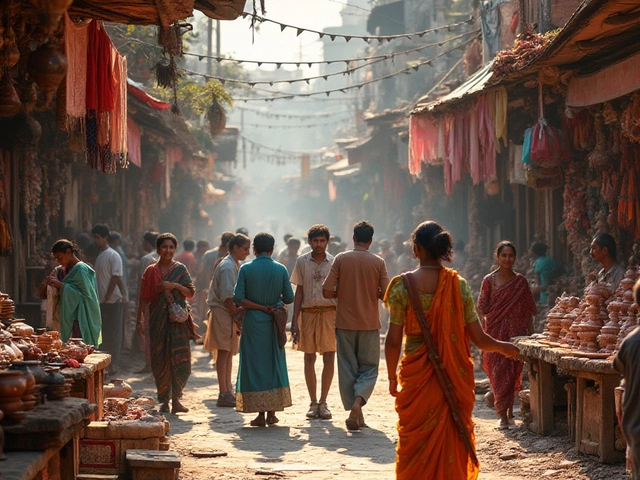Good Luck in India: Symbols, Traditions, and Cultural Beliefs
When people talk about good luck, a deeply rooted cultural force in India that shapes decisions, rituals, and daily habits. Also known as shubh kaamna, it’s not just about chance—it’s woven into how people dress, eat, travel, and even start a new business. Unlike the flip of a coin or a four-leaf clover, good luck in India is tied to symbols, sounds, colors, and actions passed down for generations.
Take the Om symbol, a sacred sound and spiritual emblem in Hinduism that represents the universe and divine energy. Also known as Aum, it’s chanted before important events to invite positivity and ward off misfortune. Or the red thread, worn on the wrist during festivals and ceremonies to protect against the evil eye and attract fortune. Also known as mouli, it’s tied by priests or family members with specific mantras, turning a simple string into a shield of luck. Even the way you step into a new house matters—right foot first is preferred, because left is linked to inauspicious energy. These aren’t just old stories; they’re lived practices, seen in homes from Kerala to Kashmir.
Indian culture treats luck as something you can invite, not just wait for. That’s why you’ll see swastika, an ancient symbol of prosperity and well-being, drawn on doors and floors during Diwali and weddings. Also known as swastik, it’s the opposite of what it’s been wrongly associated with elsewhere—it’s a sign of blessing, not harm. In Gujarat, people leave a small pile of rice at the door before leaving home, believing it feeds the gods who guard their journey. In Tamil Nadu, breaking a coconut before starting something new isn’t about the noise—it’s about shattering ego and inviting divine approval. Even the color yellow, worn during exams or job interviews, isn’t just cheerful—it’s believed to draw clarity and success.
There’s no single rulebook for good luck in India. It changes by region, religion, and even family. But one thing stays the same: people here don’t leave fortune to chance. They shape it with rituals, symbols, and quiet acts of faith. Below, you’ll find real stories and traditions that show how good luck lives—not in magic, but in the everyday choices millions make to invite something better.





